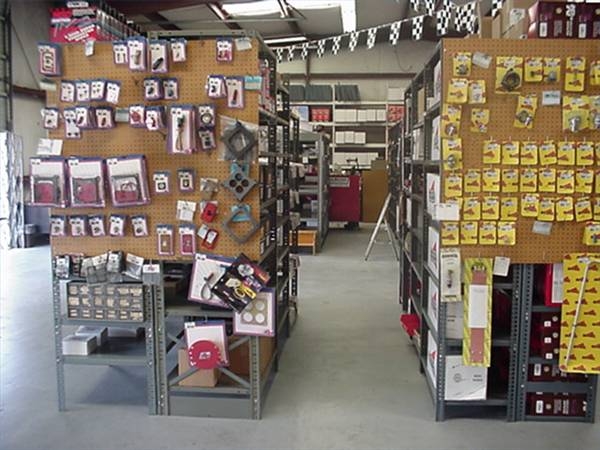
Understanding how an engine produces power is the beginning of what it takes to build a fast car. Knowing what equipment is already at work is how a performance-minded owner begins making a car go faster. Original equipment offers only a limited amount of performance. Upgrading to better parts is the quickest way to make an average car a really great, fast-running automobile in the future. Build a fast car in steps that will complement each performance upgrade that is performed.
Park the vehicle on a level area that is near the tools you will use. Lift the frame off the ground high enough so that the exhaust is accessible from underneath. Support the weight of the car or truck using at least two jack stands as support. Do not work underneath a car, truck or vehicle that is lifted up only by a floor jack alone to prevent the weight of the vehicle from coming down on top of you during the work being done to the undercarriage and exhaust.
Disconnect the exhaust from the catalytic converters under the passenger compartment. Disconnect at the converter flanges or cut the muffler and the pipes leading up to the converters with a metal cutting saw. If there are no flanges from which to disconnect this piping, a welder or exhaust clamps will be needed to connect the old pipes to the new, wide-diameter exhaust system and muffler.
Remove the stock air box and air tube leading into the intake manifold and discard. Install a new, free-flowing air filter intake tube and high-flow air filter in replacement of the standard system installed at the factory. Increasing the air into the engine allows for more fuel to be injected, creating more horsepower. The new air intake tube is mounted to the engine at the intake manifold inlet using a flexible elbow and a securing mounting bracket that is attached to the tube.
Connect a handheld programmer with a new computer upgrade program into the ECU of the vehicle. For vehicles with computers, this outlet is the same location where a diagnostic tool is connected to the computer at the repair shop. Located in front of the driver, the outlet will be located in the dashboard or under it. Once connected, follow the instructions on the digital controller to install a new, upgraded computer program into the vehicle's computer. The new program will allow the computer to register the added air intake which increases fuel delivery. The extra horsepower will center on the installation of the air intake and exhaust to manage the added heat and horsepower produced.
Unplug the handheld device from the ECU outlet of the vehicle. Test drive and inspect all connections after warming the engine to an operational temperature. Check exhaust fittings and connectors, and be sure that all fittings are secure. Add more horsepower by lightening the vehicle's weight and maintaining the proper air pressure in all four tires for a performance-built engine that delivers more power and extra speed during use.